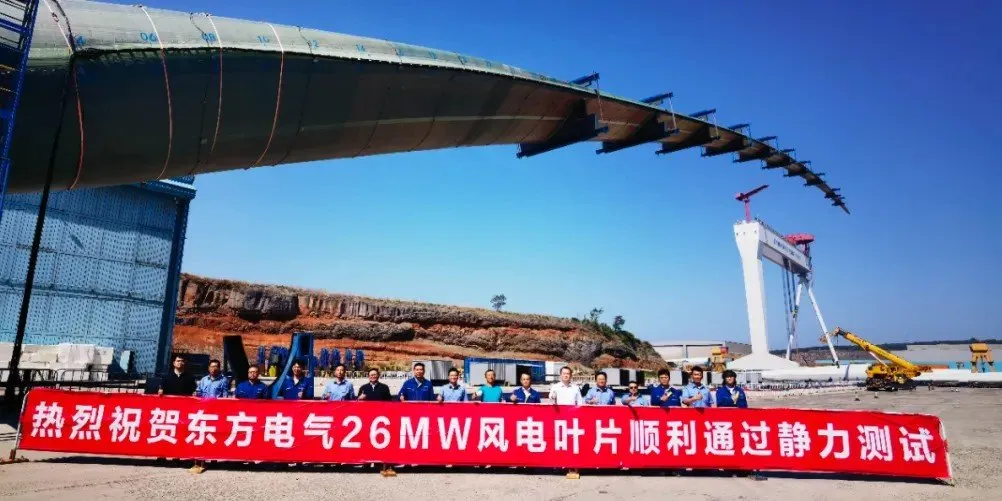By Dr. Brendan Casey, Director, FTI Consulting
As the U.S. scrambles to onshore its solar supply chain and reduce reliance on Chinese-linked imports, new tariffs threaten to disrupt utility-scale deployment just as demand for clean energy surges. On April 21, the U.S. Department of Commerce announced its final determination in the antidumping duty (AD) and countervailing duty (CVD) investigation of solar cells from Cambodia, Malaysia, Thailand, and Vietnam, who were hit with average effective tariff rates of 652 %, 34%, 375%, and 396%, respectively. A new vote could drive these rates even higher.
In this analysis, FTI Consulting examines the potential impact of these tariffs on the total cost of utility-scale solar projects and simulates the associated impact on installations using our customized PLEXOS power market model. On May 22, the U.S. International Trade Commission concluded that the domestic solar industry is being materially impacted, clearing the way for even higher tariffs to be imposed on June 9. This analysis does not include these potentially higher tariff rates.
These tariffs have their origins in a 2011 complaint against Chinese manufacturers and are the latest move in an effort to prevent Chinese circumvention of AD/CVD tariffs by routing Chinese products through Southeast Asian nations where, allegedly, only minor processing is performed. While allegations of unfair trade practices are not new to the solar manufacturing sector, only in the last few years has U.S. domestic solar module manufacturing capacity begun to accelerate, reaching 50 gigawatts (GW) – more than enough to meet U.S. demand – in 2025. Much of this capacity has been spurred on by the introduction of the 45X advanced manufacturing production tax credit and the addition of domestic content tax credit bonuses for solar project developers. Indeed, manufacturing capacity has increased by 614% since 2020, when the U.S. could boast just 7 GW of domestic module production capacity.
While U.S. module manufacturing capacity has exploded, however, most of this production still relies on imported solar cells. Solar cells are the primary component that converts sunlight into electricity and are assembled by the dozens into the larger solar panels, or modules, used to construct solar power plants.
In 2024, the U.S. imported nearly 13.9 GW worth of solar cells, 60% of which came from four countries: Malaysia (32%), Thailand (20%), Vietnam (7%), and Cambodia (1%).


Imports from these countries have yet to show signs of slowing down. In the first quarter of 2025, nearly 52% of the cells imported were from these four Southeast Asian countries, compared to 46% of all cells imported in 2024. Of these first-quarter imports, roughly 38% of all cell imports were from Malaysia, up from 32% in 2024. This increase may represent a pivot away from Thailand, Vietnam, and Cambodia, where AD/CVD rates are significantly higher.
Given the reliance on these countries, recent tariff policies are going to have a large impact. Combining these AD/CVD rates with the administration’s “Liberation Day” country-specific tariff rates, FTI Consulting estimates that, were trade patterns to remain the same, the volume-weighted average solar cell price would increase by nearly 150%. And not only are Solar cells a primary component, they are also the main driver of module cost, representing more than 30% of the cost of a finished module. Similarly, the cost of solar modules represents roughly 30% of the total capital expenditures required to develop a utility-scale solar project. In aggregate, then, the total cost of a solar project that uses domestically produced modules manufactured using imported cells could rise, on average, by nearly 15%.


Increased project costs may be mitigated by the fact that the U.S. has a significant amount of domestic production of solar modules that do not rely on the largely crystalline silicon solar cells that are the target of these trade actions. First Solar, the main domestic producer of “thin-film” modules that use cadmium telluride as a semiconductor rather than silicon, recently scaled its domestic production capacity to 11 GW. However, the U.S. installed 41.4 GW of utility-scale solar in 2024, meaning that imported crystalline silicon cells are still required to meet our growing energy needs. In 2023, for example, 72% of utility-scale installations used crystalline silicon modules.
FTI Consulting used its PLEXOS power market model to analyze a scenario in which solar project developers could access 11 GW of domestic thin-film module production at current costs but face a 15% tariff “premium” to develop any additional capacity beyond that threshold. The results suggest that over the next 5 years, some 14 GW of utility-scale solar capacity would be at risk that would have otherwise been economic to develop.
These worst-case results, however, may not be realized. Anticipating tariffs, U.S. firms imported roughly 55 GW of solar modules in 2024. This amount far exceeds U.S. demand and was likely intended to build up inventories. In addition, much like Chinese manufacturers did with the move to Southeast Asia, solar cell factories could again be moved, prompting a new round of trade investigations. India, for example, is seeing a cell manufacturing boom, with up to 55 GW of total production capacity expected online by 2027.
One potential outcome, however, is for the U.S. to develop its own manufacturing capacity in order to capture more of the solar cell supply chain. The 45X tax credit, created by the Inflation Reduction Act, provides four cents per watt to domestic manufacturers of solar cells, helping to make their product more cost-competitive with imported cells. There have also been a number of significant announcements regarding planned cell capacity since the IRA was passed – some 56 GW of domestic solar cell production – but most of this capacity is still in the planning phase.
Of course, the current uncertainty surrounding the Inflation Reduction Act, specifically the 45X tax credit, has led at least one major player to “press pause” on its plans to build out a solar cell manufacturing facility in Minnesota. Another planned cell facility in Georgia that received $1.45 billion in late-stage loan guarantees from the outgoing Biden Administration could also be at risk, given the Trump administration’s executive order suspending the disbursement of funds appropriated through the Inflation Reduction Act.
Resolving that uncertainty is critical given the other forces in play, not least because of increased power demand. U.S. solar manufacturers argue that tax credits like 45X provide the industry with the certainty that is “critical for long-term business planning and capital allocation” and help the U.S. develop a domestic solar supply chain to compete with China. Projections of power demand are growing rapidly across the country, signaling growing demand for all sources of energy, including solar. In Texas, for example, ERCOT estimates that electricity demand could almost double by 2030, driven by economic growth and new loads such as data centers and oil and gas electrification. Today, roughly 42% of the nearly 2,600 GW generator interconnection requests nationwide are for new solar capacity. Tax and trade policy will play an important role in determining whether or not this capacity is built from domestically manufactured solar cells or imported components.
As the U.S. solar industry navigates rising costs, shifting incentives, and surging demand, stakeholders across the value chain must reevaluate their assumptions. Understanding how these changes ripple through project economics, supply chains, and long-term planning is critical. Robust analysis and forward-looking modeling can help ensure that today’s policy choices support, not stall, the next phase of the energy transition.
With nearly 14 GW of utility-scale solar capacity at risk, developers, manufacturers, and investors need to act decisively, reassessing sourcing strategies, investment timelines, and project viability under a shifting policy landscape. At the same time, policymakers must clarify the future of critical incentives like the 45X tax credit and consider how trade enforcement aligns with the broader clean energy agenda.
The views expressed herein are those of the author(s) and not necessarily the views of FTI Consulting, Inc., its management, its subsidiaries, its affiliates, or its other professionals. FTI Consulting, Inc., including its subsidiaries and affiliates, is a consulting firm and is not a certified public accounting firm or a law firm.


Dr. Brendan Casey specializes in quantifying economic impacts that result from ongoing businesses, new investments, and public policies. Brendan assists energy project developers, trade groups, and multinational companies in deploying capital by advocating for their projects and organizations, and by driving policy changes informed by detailed economic analysis using best-in-class data and methods.









